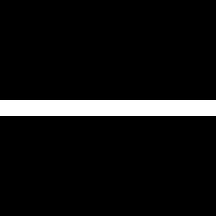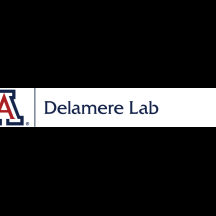GLAUCOMA We continuously produce aqueous humor, a watery transparent fluid that nourishes the lens and cornea. The rate of fluid formation and drainage generally matches perfectly. When the rate of formation and exit doesn’t match, pressure within the eye can increase. This leads to glaucoma, a condition in which the delicate retina and optic nerve are damaged. Our team studies the ion and transport mechanisms that drive aqueous humor formation by the ciliary epithelium. We are interested in how the proper rate of fluid formation is set, with the eventual goal of developing glaucoma drugs that slow formation and lower eye pressure.
CATARACT Many older people develop cataracts, a loss of lens transparency. We are interested in how cataract development is often linked to insufficient activity of the ion transport pump Na,K-ATPase. One day it might be possible to develop anti-cataract treatments by using drugs that affect ion transport. Delaying the onset of cataract, even for a few more years, would result in huge savings of cost, effort and anxiety. Because human lenses contain the same cells from fetus to the end of life, with no tissue regeneration or loss, lens research is a useful way to study cell aging.

